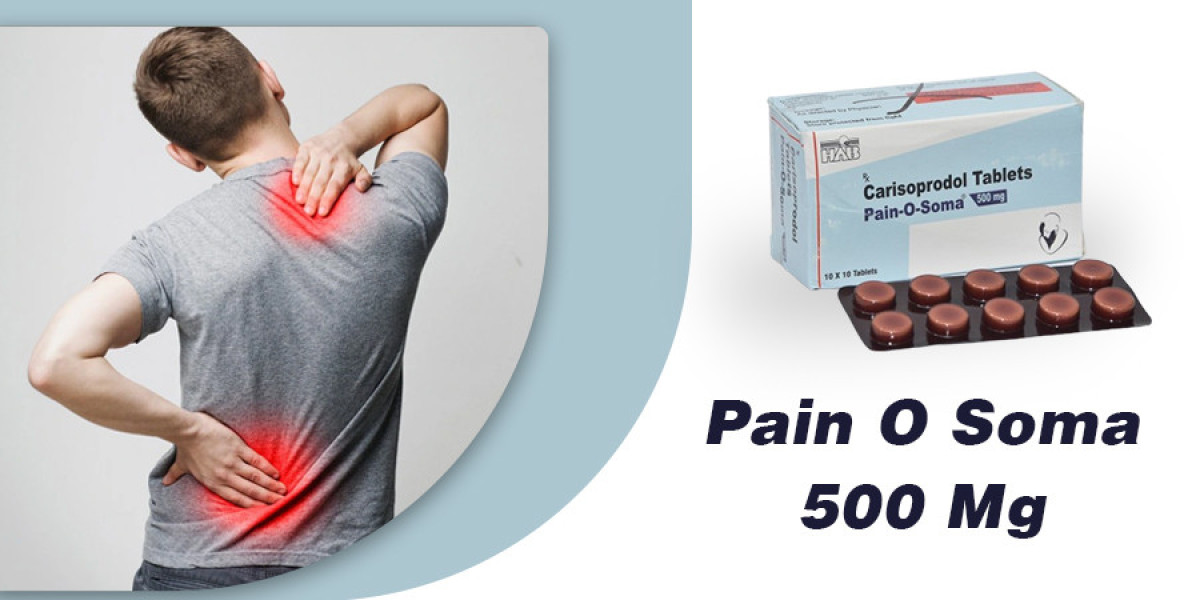Introduction
Muscle pain is something almost everyone has felt at some point. It can slow you down, make daily tasks tougher, and even affect your mood. Many people turn to massage therapy to feel better fast. But does it really work? This article digs into what science and experts say about using massage to ease muscle pain. If you're looking for natural ways to soothe sore muscles, keep reading to find out if massage should be part of your plan.
The Science Behind Massage and Muscle Pain Relief
How Massage Affects Muscle Tissue
Massage does more than just feel good. It affects your muscles and tissues on a deep level. When you get a massage, it helps loosen tight muscles and reduces stress in the tissues. Massages help increase blood flow to sore areas, bringing extra oxygen and nutrients. That speeds up healing and clears out waste products. Plus, massage helps improve the health of fascia, the tissue that surrounds muscles, keeping everything flexible.
Scientific Studies and Evidence
Recent research shows massage can really help reduce muscle pain. For example, studies have looked at delayed-onset muscle soreness—why muscles hurt after a workout—and found massage makes a difference. Other clinical trials prove massage can lessen chronic pain, like in fibromyalgia or lower back issues. On average, people report less pain and stiffness after regular massage sessions. The science suggests massage is a useful tool for managing muscle discomfort.
Limitations and Gaps in Current Research
But it’s not perfect. Some studies show mixed results, and there's no single best way to massage for pain relief. We still need more research to understand exactly what type and duration of massage work best. Also, individual experiences vary. Some people get great relief, while others feel little change. That means massage isn’t a one-size-fits-all fix.
Types of Massage and Their Effectiveness
Swedish Massage
This is probably the most common. It uses gentle strokes and long, flowing movements. Swedish massage helps calm muscles and reduce stress. It’s great for general tension and everyday soreness. Feel relaxed? That’s probably Swedish massage working its magic.
Deep Tissue Massage
Deep tissue massage targets the deeper layers of muscle and connective tissue. It’s often a bit more intense, used to treat stubborn knots or chronic pain. This type can be effective for injuries or long-term muscle issues. It might cause some soreness afterward but can bring lasting relief if done right.
Sports and Myofascial Release
Especially popular among athletes, these massages focus on specific muscle groups. Sports massage helps recovery and injury prevention. Myofascial release works on the fascia, freeing restrictions that cause pain. If you’re active, these techniques might boost your recovery game.
Other Modalities (e.g., Trigger Point, Shiatsu)
Trigger point therapy targets small muscle knots that cause pain. Shiatsu applies pressure along energy points to promote healing. While evidence is limited, many find these methods helpful, especially as part of a broader treatment plan.
Learn more about: Pain O Soma 500mg
What Do the Experts Say?
Medical and Physical Therapy Perspectives
Doctors and physical therapists often support massage as part of a bigger plan. They say it can help loosen muscles, reduce stress, and improve range of motion. Still, they warn it’s not enough alone for serious injuries or chronic pain. Combining massage with other therapies usually yields better results.
Massage Therapists’ Insights
Licensed massage therapists recommend focusing on the right techniques for your pain. They usually suggest sessions 1-2 times a week. The length of each session can vary from 30 to 60 minutes. A good therapist will tailor the massage to your needs and avoid causing discomfort.
Patient Experiences and Testimonials
Many people report positive results after massage. Soreness and stiffness fade, and they feel more relaxed. Sometimes, relief lasts only a few days, but regular sessions can keep muscle pain at bay. Everyone’s experience is different, but countless find massage gives real comfort.
Practical Tips for Maximizing Massage Benefits
Choosing the Right Therapist
Look for a licensed professional with experience in muscle pain. Ask about their training and specialties. Don’t hesitate to ask questions—like what techniques they’ll use or how many sessions they recommend. The right therapist can make all the difference.
Best Practices for Massage Sessions
Before your massage, hydrate well. Afterward, stretch gently and drink plenty of water to flush out toxins. Combining massage with simple exercises or stretching at home can boost results. Avoid intense activity right after a session to prevent soreness.
When to Seek Medical Advice
If muscle pain lasts more than a few days or worsens over time, ask a doctor. Also, pain that’s sharp, accompanied by swelling, or radiates down your arms or legs needs professional care. Massage helps, but it shouldn’t replace medical treatment in serious cases.
Conclusion
Massage can be a powerful tool to help ease muscle pain, and science supports its benefits. Expert opinions emphasize personalization and working with trained professionals. While massage isn’t a cure-all, it fits well into a comprehensive plan for managing muscle soreness and injury. For many, regular massage can improve comfort, flexibility, and overall well-being. Remember to listen to your body and consult with health professionals when needed. Incorporate massage into your routine, and you might just find your muscles thanking you.








